-
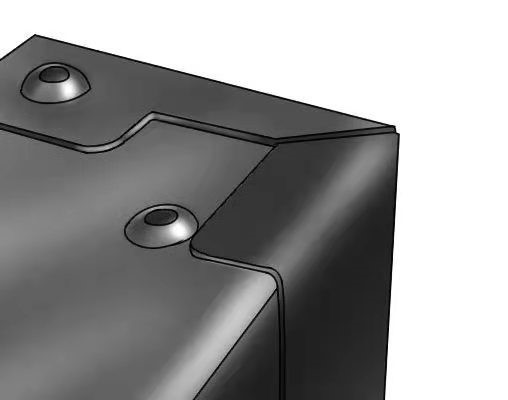
What are the applications of riveting?
1. Active riveting. The joints can rotate relative to each other. Not a rigid connection. Such as: scissors, pliers. 2. Fixed riveting. The joints cannot move with each other. This is a rigid connection. Such as: angle ruler, nameplate on three-ring lock, bridge construction. 3. Close seam riveti...Read more -

What else can the closed oblate head blind rivets be called?
Closed oblate head blind rivets can also be called: Closed flat round head blind rivets, closed flat round head pull rivets, closed flat round head pull rivets, closed flat round pull rivets. https://www.yukerivet.com/news/what-are-the-surface-treatment-methods-for-anti-corrosion-of-closed-count...Read more -
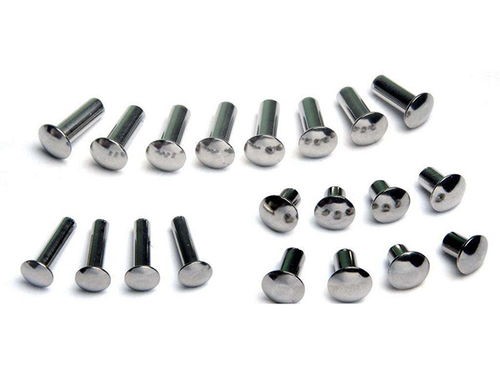
What is the difference between blind rivets and traditional rivets?
Blind rivets: also called pull rivets, quick rivets. Mainly connect objects with light weight and thin thickness. Features Fast connection speed, convenient, popular, easy to buy. Traditional rivet: It is the shape of the nail. The flat end of the object is squeezed and deformed, which is larger ...Read more -
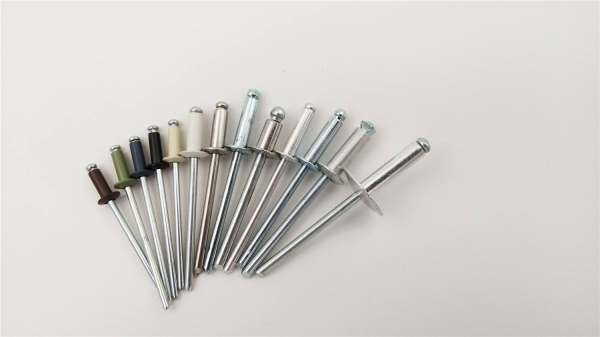
How to determine the length of blind rivets
The opening size of the rivet hole is: min (minimum) + 0.1 max (maximum) + 0.2. The total thickness of the workpiece is generally 45%–65% of the length of the rivet, preferably not higher than 60%, and the working length should not be too short, usually 50%–60%. Example: If the total ...Read more -
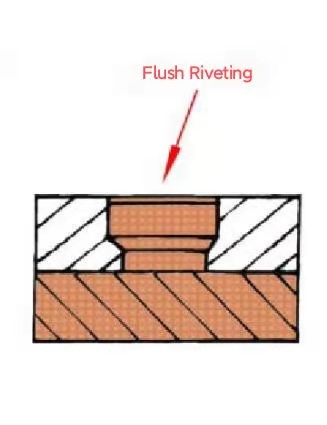
What are “rivets” and “riveting”?
Rivet: In riveting, the parts that are riveted are connected by their own deformation or interference. Riveting: The use of rivets to connect two or more workpieces is called riveting. It would be wrong to say that riveting is a rigid connection. https://www.yukerivet.com/news/flat-head-blind-riv...Read more -
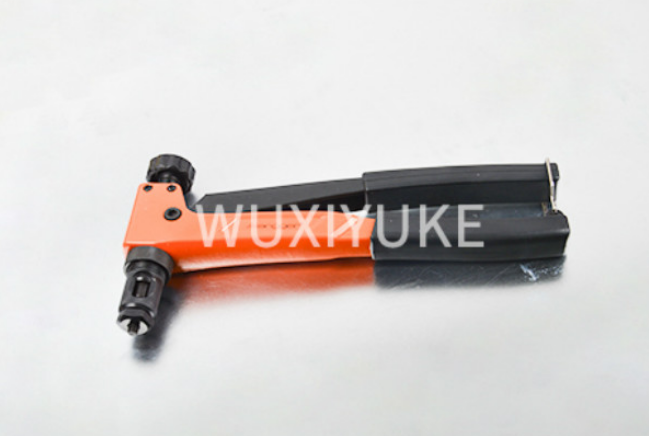
Why do blind rivets break the mandrel and not at the breakpoint of the pull stud? II
3. The claws of the nail gun are not adjusted properly and are not on the same plane. The claws play a shearing role on the nail core. 4. The air pressure of the riveting gun is not enough, and the claws are worn. The first riveting has caused damage to the mandrel, so that the tensile force of t...Read more -

Why do blind rivets break the mandrel and not at the breakpoint of the pull stud? I
1. The pulling force of the mandrel itself is not stable, the breaking point force is very close to the pulling force of the mandrel itself, or the heat treatment is not done, and the mandrel is brittle. 2. The mandrel has been damaged before the riveting. https://www.yukerivet.com/news/the-mand...Read more -

What’s the matter with the blind rivets being pulled continuously?
There are two situations in which blind rivets are continuously pulled: 1. The mouth of the nail gun is too large. 2. There is a problem with the quality of the pull stud, and the breakpoint of the pull rod has not been handled properly. https://www.yukerivet.com/news/application-method-of-rivet...Read more -

What does insufficient bulging of blind rivets mean?
Insufficient bulging: because the breaking force of the blind rivet is too low, the rivet has not been completely riveted, and the breaking point of the blind rivet is disconnected, resulting in insufficient bulging of the blind rivet. occurs under a failure. https://www.yukerivet.com/news/how-t...Read more -

What does blind rivet jumper mean?
Blind rivet jumping head: because the rivet does not wrap the nail head, it will cause the rivet jumping head. https://www.yukerivet.com/news/the-core-of-the-blind-rivet-is-not-completely-pulled-out-what-is-the-reason-for-the-fracture/Read more -

The core of the blind rivet is not completely pulled out, what is the reason for the fracture?Ⅱ
3. The nail head falls off: After riveting, the mandrel head cannot be wrapped and falls off from the rivet body. 4. Riveting body cracking: After pulling riveting, the riveting body has a longitudinal crack or is completely cracked. https://www.yukerivet.com/news/the-nail-cap-came-off-what-is-t...Read more -

The core of the blind rivet is not completely pulled out, what is the reason for the fracture?
1. Pull-through: The mandrel of the rivet is pulled out from the rivet body as a whole, and the fracture of the mandrel is not broken, leaving a through hole in the rivet body after riveting. 2. Burr: After riveting, the burr of the fracture of the mandrel penetrates outside the rivet body hole; ...Read more

